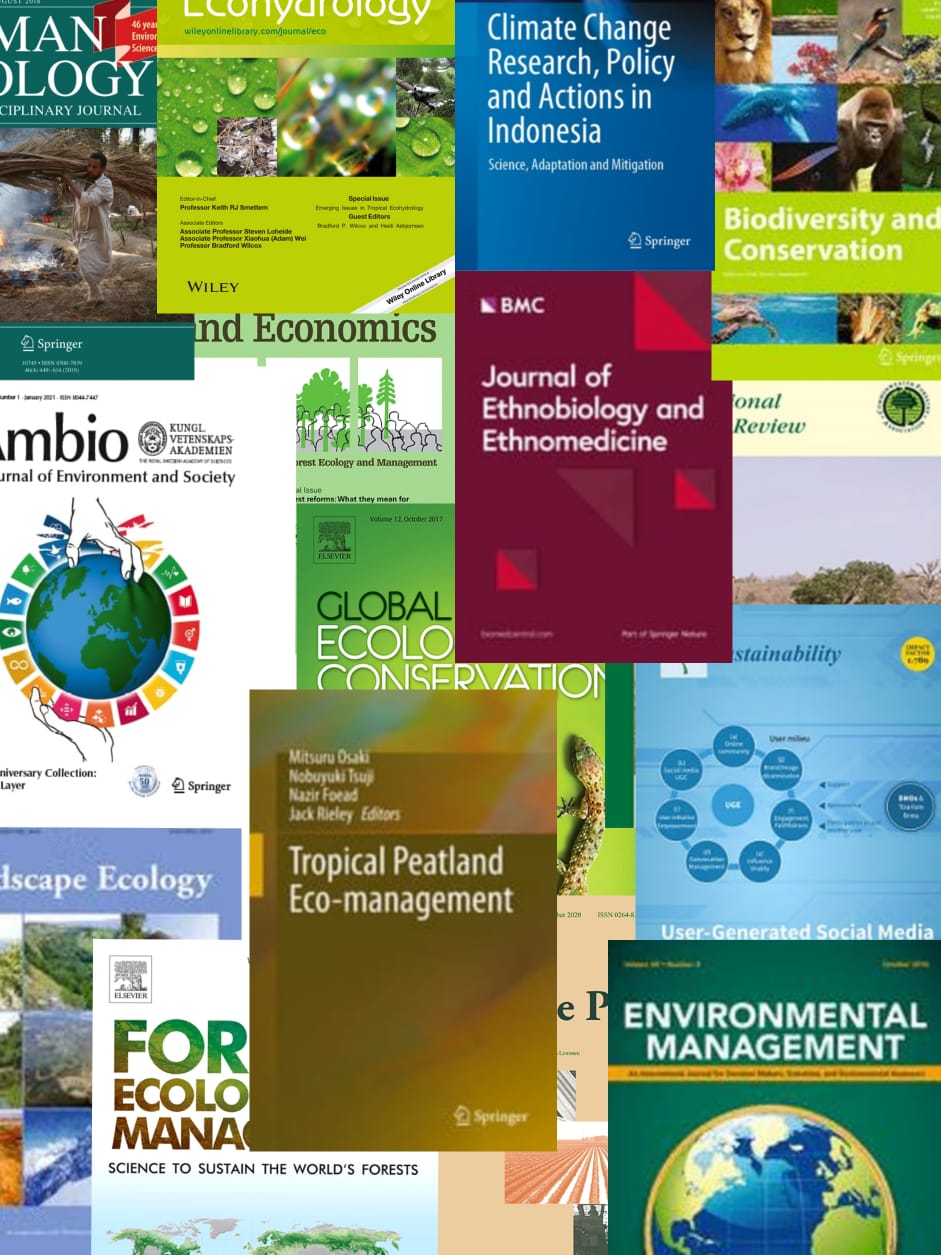Forest fires have long been annual events in many parts of Sumatra Indonesia during the dry season. Riau Province is one of the regions in Sumatra where forest fires seriously occur every year mostly because of human factors both on purposes and accidently. Forest fire models have been developed for certain area using the weightage and criterion of variables that involve the subjective and qualitative judging for variables. Determining the weights for each criterion is based on expert knowledge or the previous experienced of the developers that may result too subjective models. In addition, criteria evaluation and weighting method are most applied to evaluate the small problem containing few criteria. This paper presents our initial work in developing a spatial decision tree using the spatial ID3 algorithm and Spatial Join Index applied in the SCART (Spatial Classification and Regression Trees) algorithm. The algorithm is applied on historic forest fires data for a district in Riau namely Rokan Hilir to develop a model for forest fires risk. The modeling forest fire risk includes variables related to physical as well as social and economic. The result is a spatial decision tree containing 138 leaves with distance to nearest river as the first test attribute. © 2011 IEEE.
View source

